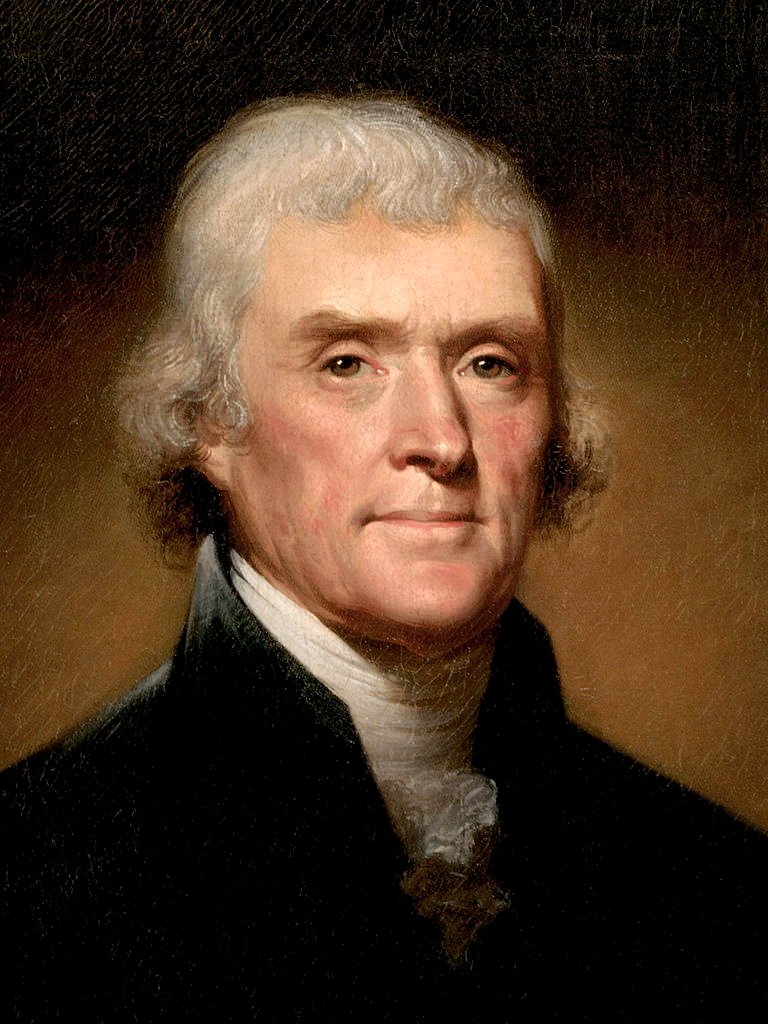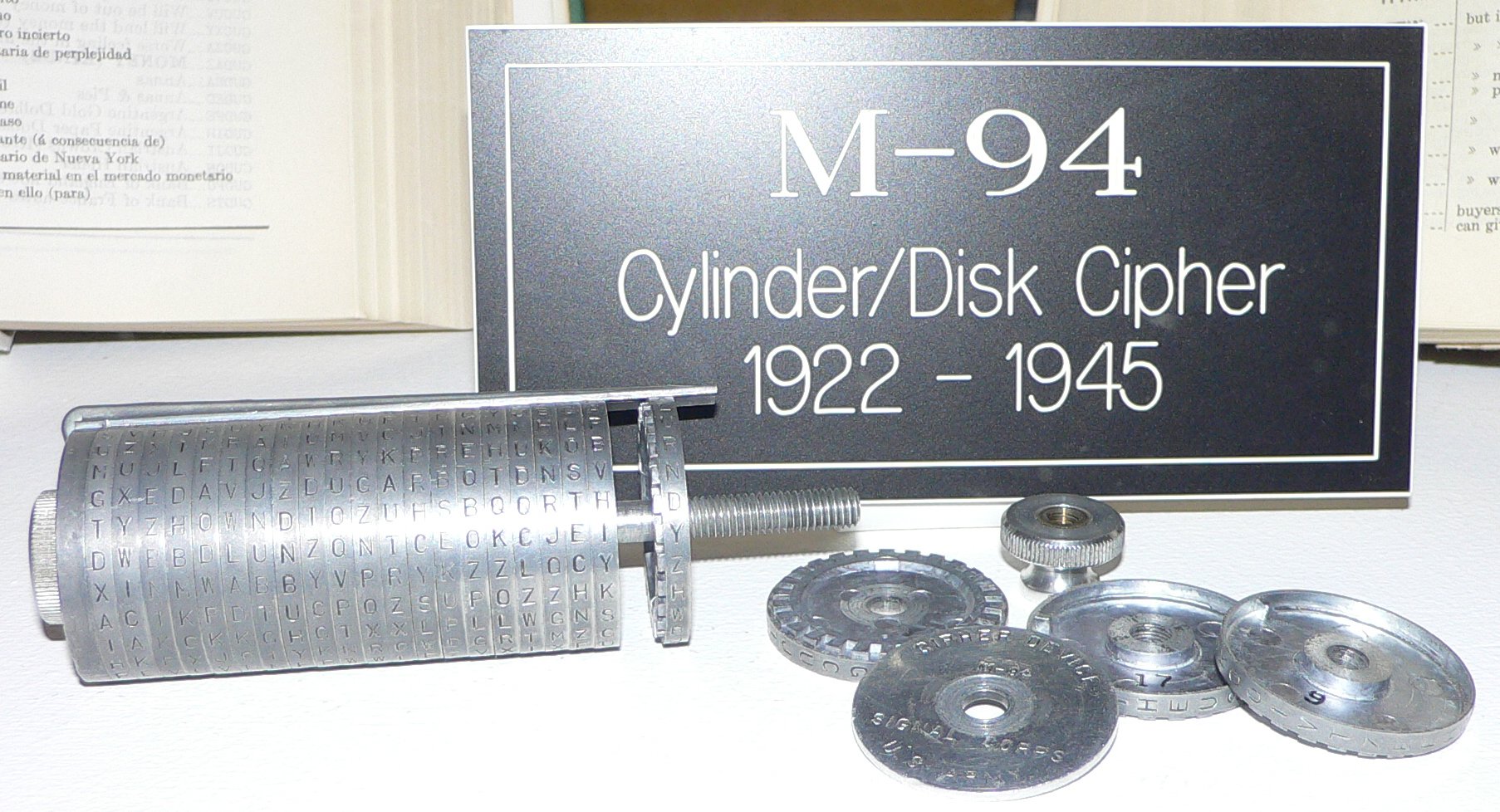Hello,I am digicrypt and thank you for checking out my “Cryptology Series”! If you haven’t done so already, go to my #introduceyourself post here. The post will give you a bit of my background and help explain what I plan to do with this blog.
You can view part one of my Cryptology Series: Cryptology Series Part 1: Getting the Basics here
Part 2 of my series "The History of Cryptography" will be out this week, but I wanted to take some time to explain one of my favorite classical cryptography methods in greater detail than I will be able to in my larger history post, which will cover nearly 4,000 years of history.
Jeffersonian Wheel Cipher
Thomas Jefferson,widely recognized as a founding father and third President of The United States was also a prolific inventor. His contributions ranged from farm implements to clocks and furniture. One of his lesser known inventions was his design for a cryptography device.
“While serving as George Washington's secretary of state (1790-1793), Thomas Jefferson devised an ingenious and secure method to encode and decode messages: the wheel cipher. During the American Revolution, Jefferson had relied primarily on messengers to hand-carry sensitive letters. When he became America's minister to France (1784-1789), however, the adoption of codes was necessary. Codes were an essential part of his correspondence because European postmasters routinely opened and read all diplomatic and any suspect letters passing through their command.”

“As described (though perhaps never built) Jefferson's wheel cipher consisted of thirty-six cylindrical wooden pieces, each threaded onto an iron spindle. The letters of the alphabet were inscribed on the edge of each wheel in a random order. Turning these wheels, words could be scrambled and unscrambled.”
While seeming very primitive compared to modern cryptography, the Jefferson cipher design was very advanced for it's time. Important note (Historians are not sure if Jefferson actually built and used the cipher, current models in museums like the one pictured below are reproductions built according to his designs, although the cipher below only has 24 wheels not the original 36.)

Now lets take a look at how the device worked.
"As an example, the sender of the message shown in the picture, "COOL JEFFERSON WHEEL CIPHER," spells the message out and then looks to any other line of text – possibly the one directly above, which on this version of the cipher begins with the letter "N." The sender then copies the rest of the letters from that line into the correspondence to spell out "NKYG NSUS NXML CQYO TYUH HFTD."
"The recipient of the coded message would spell out these random-seeming letters on his own identical cipher and then begin looking for the one line that made sense. In this case, the line below."
I like to highlight some of these classical cryptography methods for a few reasons.
First, they are just fun, interesting and in my opinion cool.
Second, they provide simple examples of basic cryptography principles.
Lastly, many of these principles can be found in modern systems.
In fact the US Army used a cryptography device designated as M-94, nearly identical to Jefferson's design that had yet to be discovered. The M-94 was used from 1922 to 1945.

I guess you could say Jefferson was truly a man ahead of his time...
https://www.monticello.org/site/research-and-collections/wheel-cipher
https://en.wikipedia.org/wiki/M-94
I hope you learned something new and I hope you will stick with me for Part 2 “The History of Cryptography” which will be really fun and interesting!
Your feedback is really important to me, please comment and let me know if you liked this post or have questions.
Please upvote and resteem if you found this post interesting!
Follow my blog @digicrypt if you want to learn more!
If you would like to donate so I can post more and host more complex cryptography challenges with bigger prizes, below is my DASH address.
DASH: XgQ9NBonMoCPKhF37agY4W8zk7gwQFnwGV
Digicrypt,
Signing Off
